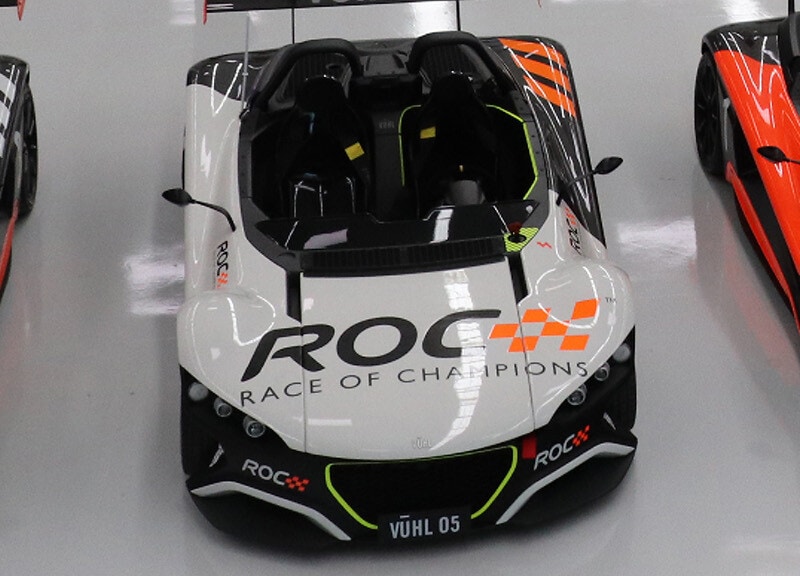
How CNC Machines Build Cars
Mar 23, 2011People don’t often think of the role that automated manufacturing plays in their lives. However, automated manufacturing is now common in nearly every industry – especially the automotive industry. CNC machining is responsible today for nearly every step of the car manufacturing process.
Automation in the Automotive Industry
Since Henry Ford introduced the first Model T in 1908, car manufacturers have been trying to streamline the construction process. Ford’s earliest assembly lines were the first attempts at automation, but construction was still subject to human limitations. With the introduction of CNC machines in recent years, automated machines are now capable of shaping raw materials into formed components, with end mills capable of removing excess materials as needed.
While some metal automotive parts are still mold-cast, many of the non-cast, non-metal elements of modern vehicles are fashioned by automated machines. Today, for example, many starter motors are shaped by automated machines, further increasing their reliability and durability.
Car dashboards are another example of how CNC machining is used to build components for vehicles. Typically, the dashboard is a single, angled piece designed to accommodate at a minimum the car’s steering column. It usually also has several precision cutouts for tools like the odometer, speedometer, gas gauge, and indicator lights. CNC milling machinesat automotive component manufacturing plants take blocks or sheets of natural or synthetic raw materials and thermoform, then rout the dashboard frame. Another CNC machine then takes the prepared dashboard frame and attaches it to the chassis.
Customizing CNC Machinery for Vehicles
Modern, customized automated machinery have allowed car manufacturers also to increase the performance capabilities of vehicles too. The modern 2-liter engine averages about 100 greater horsepower than the engines of those that were created before the advent of CNC machines. These parts were designed with reinforced parts to withstand the greater demands of high-performance vehicles.
While automated tasks can be repetitive, with process customization, finished products can vary significantly from model to model. Custom CNC machines can perform the intricate, complicated work as well as the routine precision tasks that both human beings and mass-produced assembly-line machines once performed in concert.